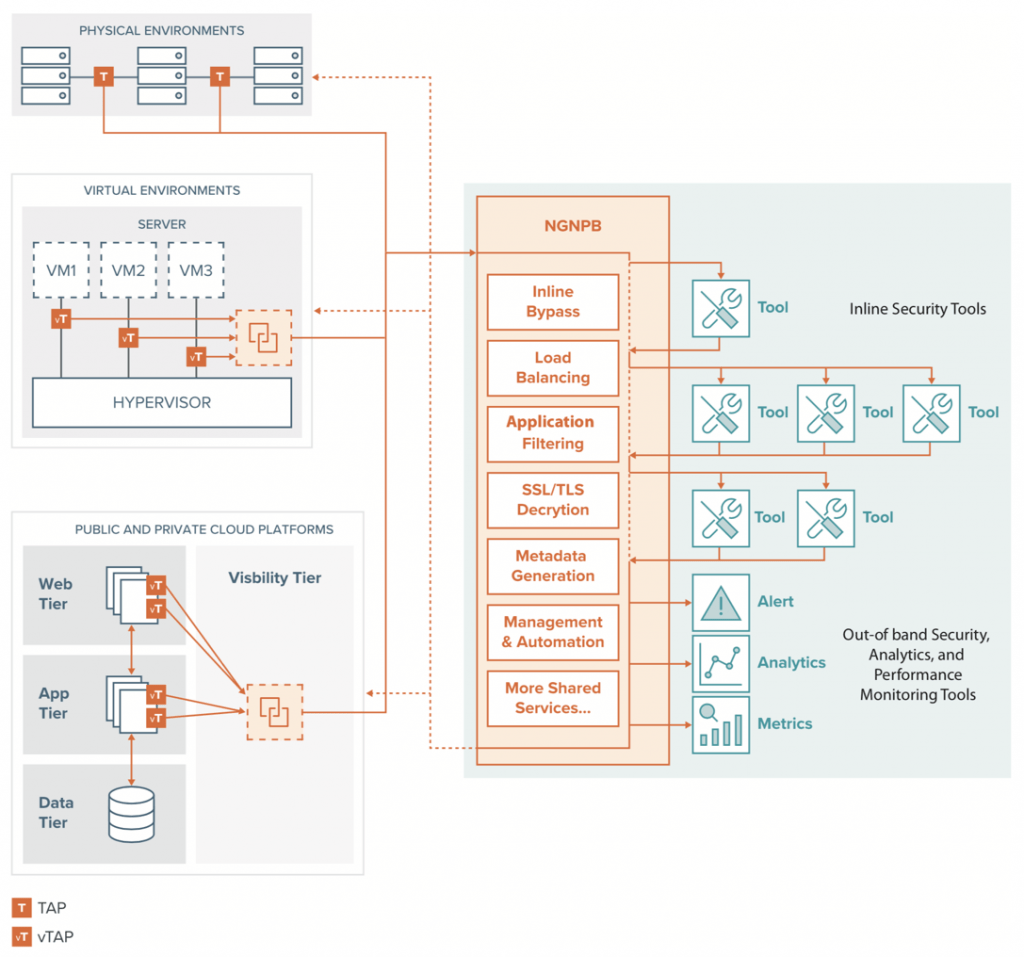What Is Network Performance? A New Way of Looking at Network Performance
Updated July 28, 2020.
Network performance is an integral consideration when it comes to running a successful enterprise. As networks become ever more complex, the challenges, dangers and potential complications likewise increase. As such, the standard network performance metrics used in the past are not up to the task of accurately measuring today’s complex, high-speed networks. And without optimal network performance, the digital foundation of your business may start to falter.
What Is Network Performance?
Network performance is often defined by the service quality of the network. Imagine the cost to an organization or brand when the corporate network or the ecommerce site is down or experiencing unacceptable latency.
To optimize network performance, IT and network admins spend a large part of their day analyzing network statistics to identify areas of improvement and eliminate potential problems — before they happen.
In reality, the process to finetune a network is a bit more complex. That’s because each network has a structure as unique as the business that uses it. Also, the tools and methods for measuring and monitoring network performance aren’t always getting a true picture of your entire network.
Let’s not think of improving network performance as just maximizing speeds and feeds. It’s also about ensuring associated network and security tools are doing their jobs (for example, protecting your network) efficiently and not impacting service quality.
What Can Hinder Optimal Network Performance?
Just as effective information management is no cake walk, improving networking performance isn’t any easier. Networks are complex systems and often don’t take kindly to change. That’s because most networks are a Pandora’s box of different tools and shared resources, all operating in tandem. And much like the single thread that has the potential to unravel an entire sweater, ‘pulling’ any single part of your network can have a negative effect on the whole.
Some common challenges include:
- Hardware and equipment updates can be costly and time-consuming: Your network isn’t some single-system device that you can just replace when the next version gets released. When one attempts to upgrade their network performance, often the end result is a broken network. To offset this risk, businesses invest in costly and time-consuming IT resources.
- New equipment may not function with existing infrastructure: We want faster, more efficient options, and vendors are more than happy to provide them. However, the newest and the best isn’t always backwards compatible. And when they’re not, the ecosystem of tools that are running on the infrastructure can easily fall apart.
So, we’ve got two conflicting issues pushing towards the middle. On the one side, businesses need to continually keep up with the latest standards to improve network performance. On the other side, if done incorrectly, updating or upgrading your network can have dire (and costly) results.
Something else that can lead to suboptimal network performance and tool sprawl is traffic being sent to network and security tools that don’t need to see it. Expensive processing resources can be wasted analyzing irrelevant traffic.
So, what’s the solution? How do you upgrade your network performance in a way that doesn’t bring the entire thing crashing down around you and ensures your sure tools are efficiently utilized so you get more, without spending more?
That’s where Gigamon comes in.
As a next generation network packet broker (NGNPB), Gigamon sits between the tools and infrastructure layers. Each infrastructure component and tool are plugged in once to the Gigamon Visibility Platform. This is significantly simpler to manage than having every tool plugged into each IT device. With Gigamon in the middle, changes and upgrades to equipment and tools no longer impact network performance or availability.
Gigamon also improves tool performance by applying de-duplication and intelligent filtering to the traffic before it’s passed to the tools. For example, email security tools only receive email traffic. By routing only essential network traffic to the appropriate tools, your organization benefits from accelerated threat detection, faster incident response and higher ROI on your tool investments. Tool performance and network performance go hand in hand, and when one improves, the other is likely to improve as well.
Getting a Complete View of Network Performance
Lastly, you can’t fix what you can’t see. Before you can tune network performance, you need to get holistic view of what’s going on in your network. Standard network performance metrics — such as latency, throughput, bandwidth and responsiveness — require a number of specialized tools.
Unfortunately, these tools often aren’t able to receive a complete picture of the overall network performance, because of blind spots — streams of network traffic that are inaccessible because they are in remote locations, are encrypted or in on cloud platforms.
As such, improved network visibility is essential to monitoring and optimizing network performance. The Gigamon Visibility Platform gives you the power to track all relevant network performance metrics, easily. You get a complete picture of how your entire network — physical, virtual and cloud — is functioning and where it could be improved.
Learn more about how Gigamon can help you solve your network performance challenges by reading this business brief on increasing the effectiveness of tools.
Further Reading
- “3 Digital Transformation Shifts Amid Global Uncertainty and How to Handle Them”
- ”How Pervasive Visibility Reduces Network Downtime in the New Tomorrow”
- “One Trait National Sporting Leagues Share with Security and IT Teams: Resiliency”
Featured Webinars
Hear from our experts on the latest trends and best practices to optimize your network visibility and analysis.

CONTINUE THE DISCUSSION
People are talking about this in the Gigamon Community’s Networking group.
Share your thoughts today









